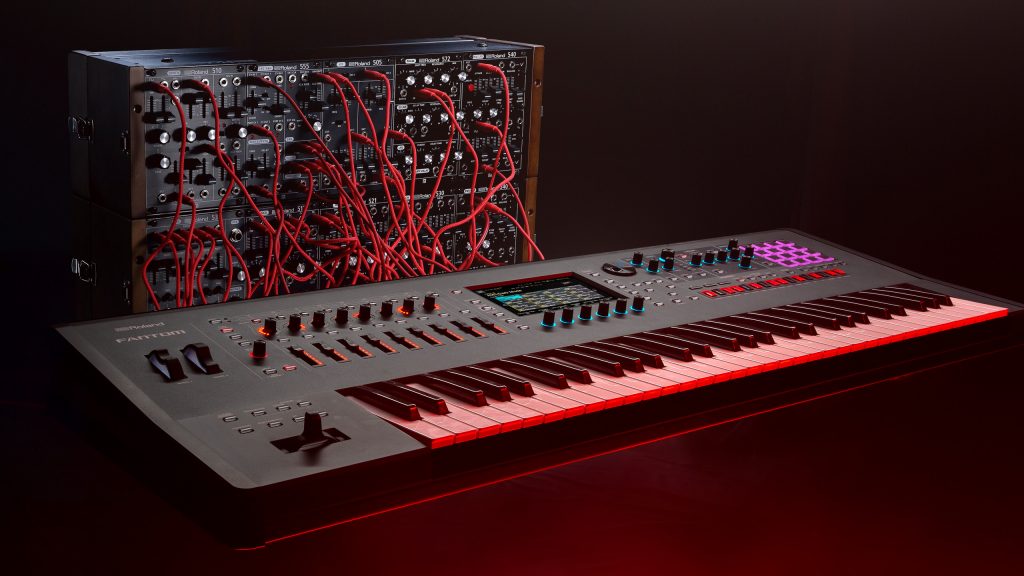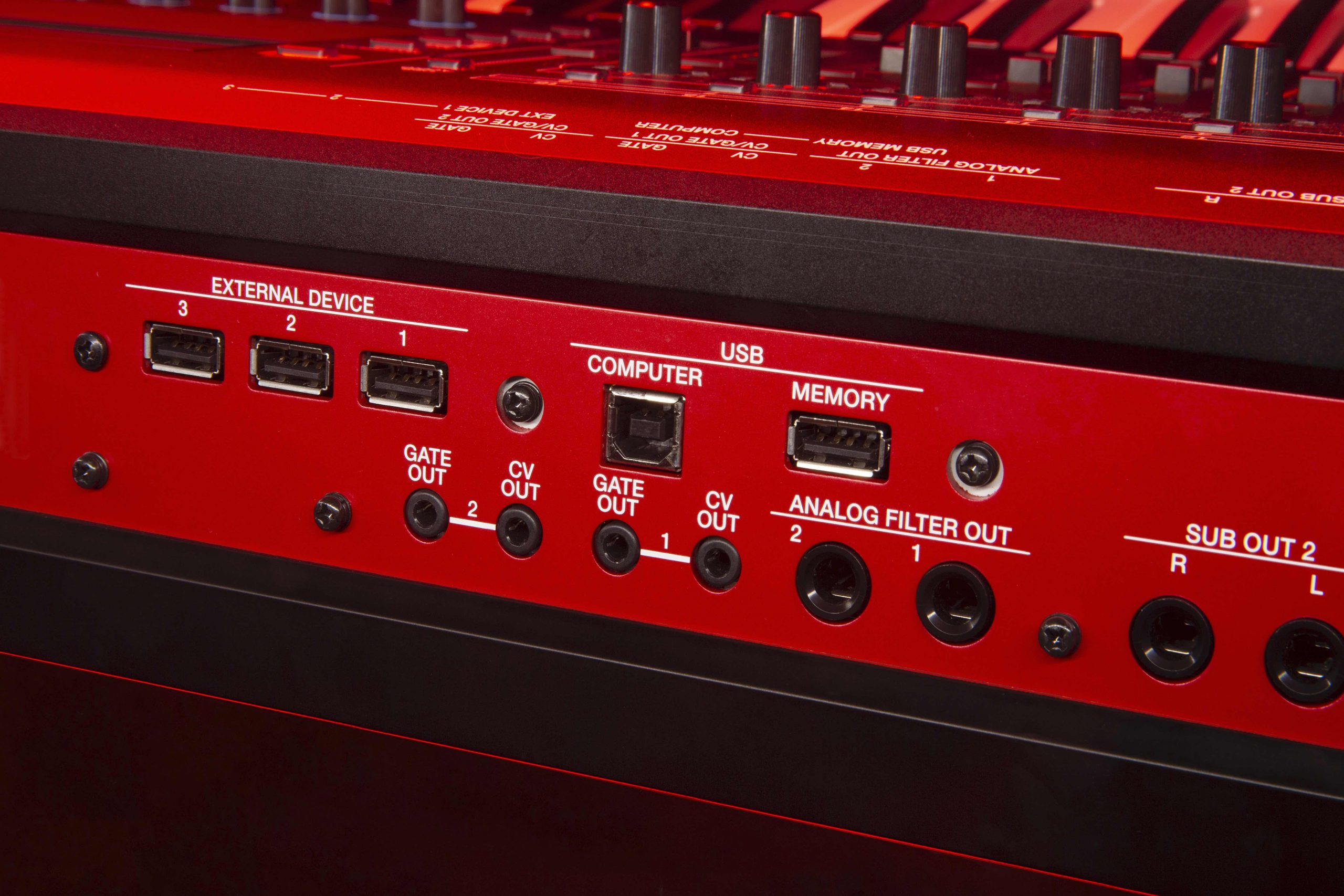The FANTOM name is synonymous with powerful creativity. These instruments are production stations, performance tools, synthesis hotspots, and evolving creative hubs. The Creative Hub series explores how FANTOM can be the nerve center of your musical journey from studio to stage and beyond. Helping external machines talk to each other is another one of FANTOM’s hidden qualities. To that end, FANTOM has two sets of CV/Gate outputs. With these, control external instruments from the keyboard or its sequencer.
What is CV/Gate?
The concept of CV/Gate is pre-MIDI. Think of it as MIDI .5. The gate is essentially sending on/off envelope information. CV/Gate works using voltage to control pitch and on/off messages. Essentially, MIDI became a digital version of this analog process.
A lot of analog gear—like tabletop or modular—uses CV/Gate. Some people add devices to their modular systems that convert MIDI to CV. FANTOM essentially does that internally. Let’s look at some examples.
"The concept of CV/Gate is pre-MIDI. Think of it as MIDI .5. CV/Gate works using voltage to control pitch and on/off messages."
Polymetric Playground
There are things you can do with Gate and with CV that you can’t do otherwise. You can run an external sequencer off trigger inputs instead of just synchronizing the tempo. For example, if you’re using a TB-03, you could clock its sequencer using FANTOM’s Gate outputs and have its internal sequencer to play with.
Perhaps you’d like it to only respond to an odd meter. As FANTOM plays, it will send trigger information. As a result, the sequence will play on the TB-03, but only advance when it receives a trigger.
For another example, there are many unusual approaches with probability possible on the TR-06. With the capabilities of an external sequencer in sync with FANTOM, you can create complex, polymetric patterns.

Machine Talk
Some musicians prefer not to “play” their modulars, but it is nice to have a keyboard to trigger them in certain situations. To accomplish this, you’ve got to have a keyboard controller that converts MIDI to CV/Gate. Just as FANTOM can interface with software synthesizers over USB, it can communicate with analog synthesizers and modular over CV/Gate. This means you can connect through any protocol.
"With the capabilities of an external sequencer in sync with FANTOM, you can create complex,
polymetric patterns."
Creative Hub
FANTOM is a fundamental instrument for live performers across diverse genres. However, its story doesn’t end on the stage. In fact, that’s only where it begins. FANTOM’s tools and integration possibilities make it an ideal studio center. Bring your workflow into focus and explore other articles in our Creative Hub series.
For more details and information visit the FANTOM product page.






